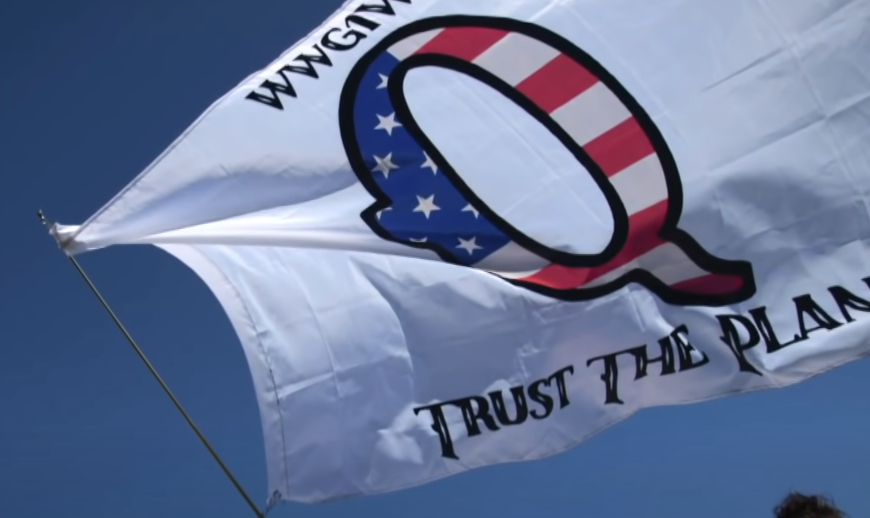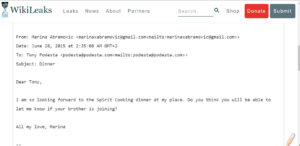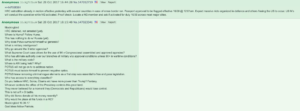QAnon’s shady origins expose problems with social media

In October 2017, 4chan user, “Q Clearance Patriot,” claiming to have insider knowledge of the Trump administration and other high-profile politicians, made his first post on the shady internet forum. Titled “The Calm Before the Storm,” the purported government operative outlined the plans of the new Trump administration to unveil and arrest a secret cabal of powerful Democrats who engaged in Satanism, pedophilia, and child trafficking. The account rose to prominence following the “Pizzagate” incident in which an armed conspiracy theorist charged a local D.C. pizza joint in search of abducted children. The attacker cited the leaked emails of former White House Chief of Staff, John Podesta, as the motive behind his attack. Proponents of “Pizzagate” and other QAnon theories remain staunch in their belief that the communications published by Wikileaks contain code words for pedophilia.

In his introductory thread, Q fanned the flames of the alt-right by suggesting the start of “A Great Awakening” during which Trump and his allies would locate and purge the D.C. Establishment of Satanists and other criminals including Hillary Clinton, George Soros, and even Tom Hanks. The predictions of the anonymous prophet spread like wildfire on 4 chan, later known as 8 chan, and then to YouTube thanks to the help of Coleman Rodgers and Paul Furber. The pair began a channel dedicated to QAnon coverage that quickly amassed millions of followers and featured prominent guests, including GOP Congressional candidate, Lauren Boebert, and Erin Perrine, the director of press relations for Trump’s reelection campaign. The social media prowess exhibited by members of the QAnon movement allowed the ideology to spread across the nation in a short period of time. Between March and June 2020, during the coronavirus pandemic, the group tripled its traffic on Facebook and nearly doubled interaction on Instagram and Twitter. According to the Pew Research Center, almost half of American has heard of QAnon and 20% of those who have heard of the conspiracy believe it is “somewhat or very good” for the nation.

The identity behind the QAnon account remains unknown, but two Americans, father-son pair James Arthur and Ronald Watkins, have been linked to the inception of the account. James Arthur Watkins created 8chan, the platform which Q previously used to communicate with followers, and his son now operates the forum’s successor, 8kun. According to CBS News, these are the only two men who have access to Q or can send him a message on the platform. With the election of 2020, fringe conspiracy groups were pushed out from behind the computer screen and into the spotlight of the political sphere. With the help of the controversial radio commentator, Alex Jones, the QAnon conspiracy induced a massive “Stop the Steal” movement which culminated with the siege on our nation’s Capitol building. Since the event, Twitter has removed 70,000 accounts associated with QAnon, but the network of conspiracy theorists remains on other platforms. Social media has granted unchecked power to the individual to disseminate information. With this ability comes responsibility, so American citizens must find ways to hold each other accountable in order to avoid a complete erosion of our political system.




